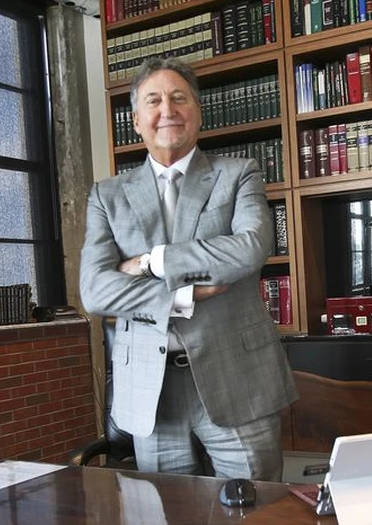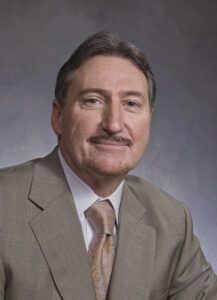 |
| Patrick Ducharme |
For purposes of challenging an order of committal for trial, it is necessary to know when the possibility of challenge has ended. For this reason a court is sometimes required to determine when the actual moment of preferment takes place. For the purposes of ending possible challenges and proceeding to trial in the Superior Court, our courts have interpreted preferment to take place when the indictment is lodged with the trial court and the trial is ready to proceed. The definition of when an indictment is “preferred” comes from R. v. Chabot1. The distinction is important because once an indictment has been preferred, any challenge to the proceedings, such as a motion to quash the order to stand trial made following a preliminary hearing, can no longer proceed.
Continue reading “When the Indictment is Preferred”


